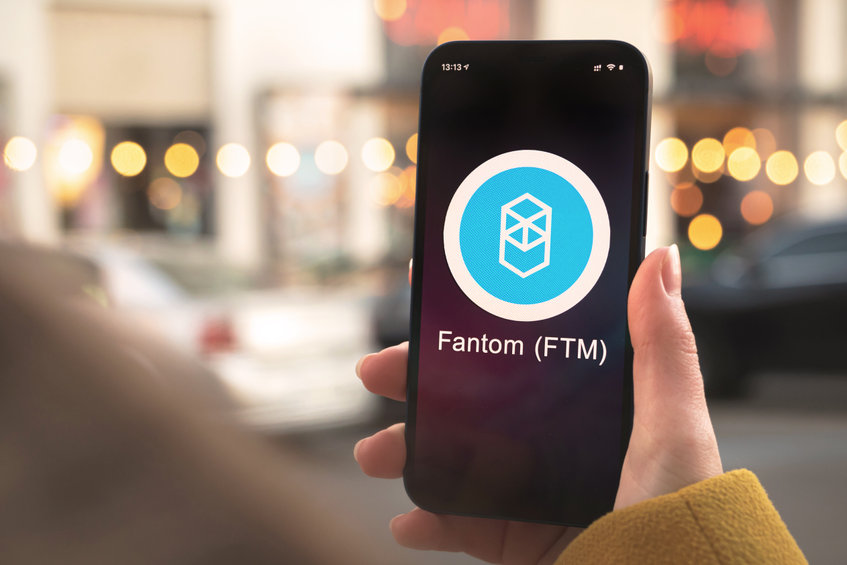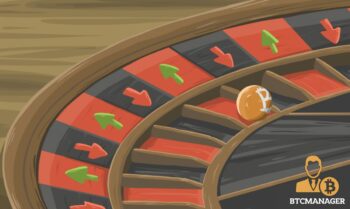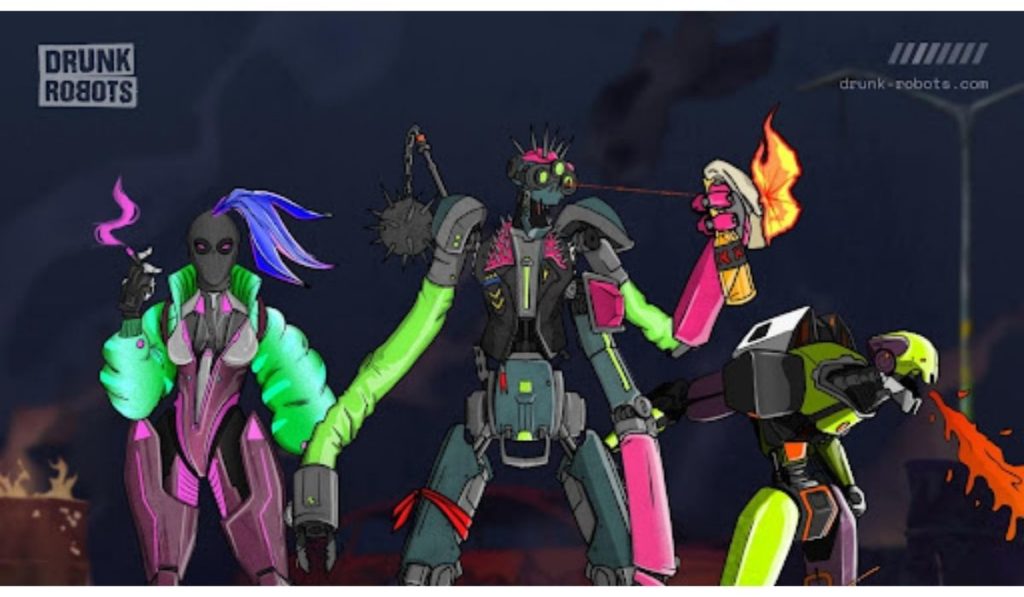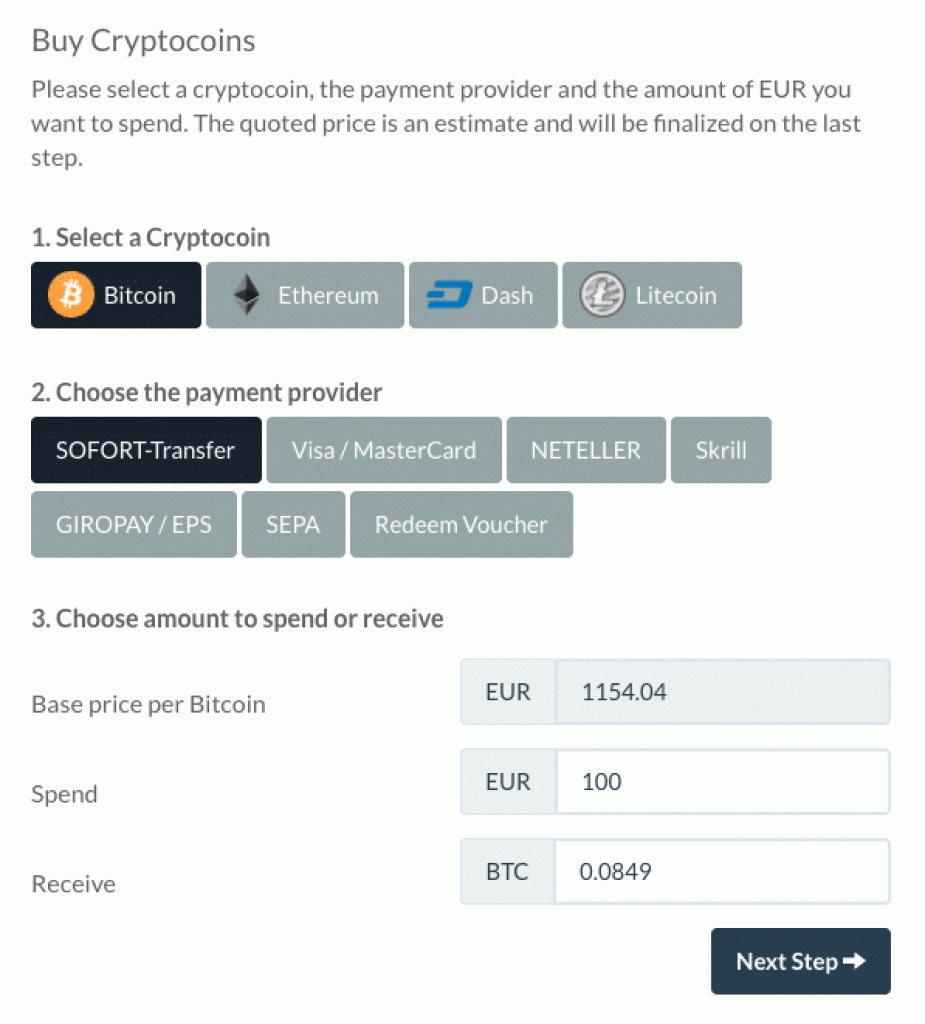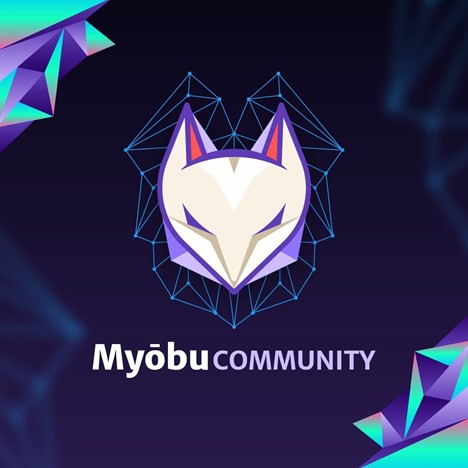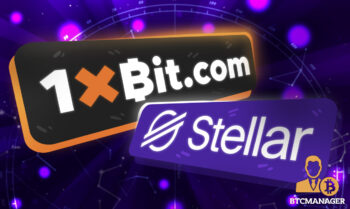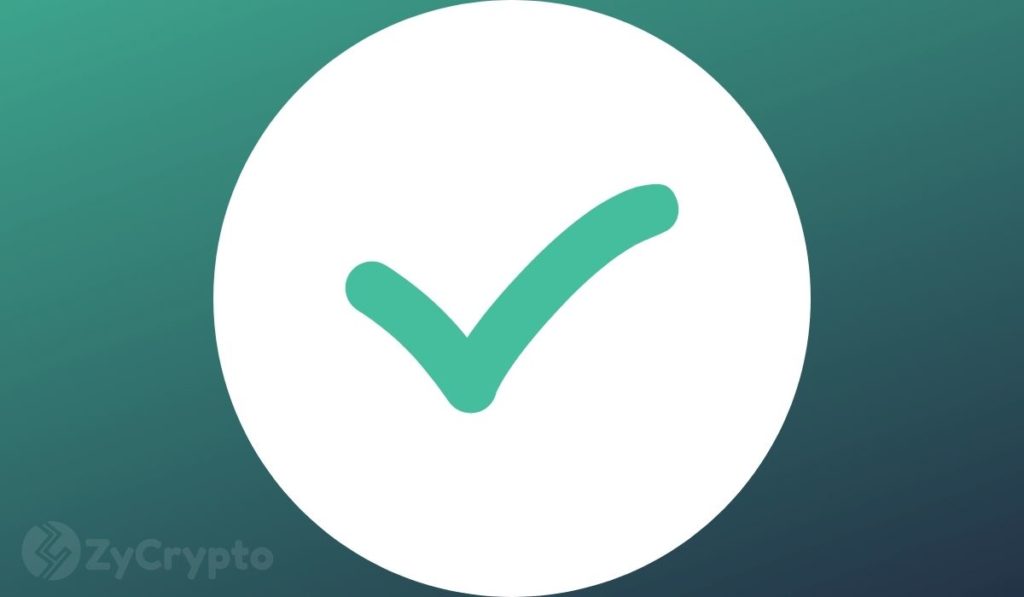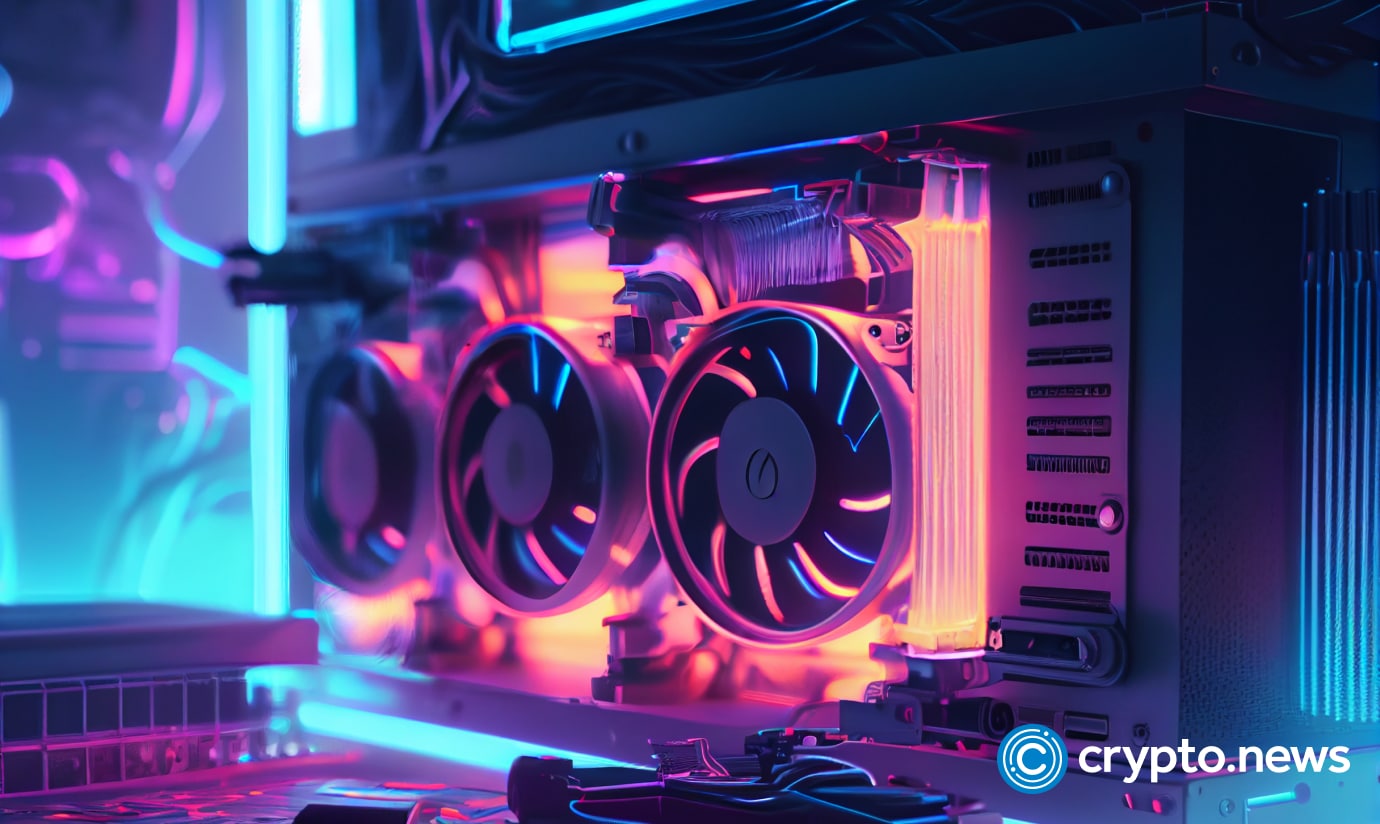2022-1-14 07:34 |
Table of Contents
Bitcoin may be the next big thing in finance. However, it can be difficult for most people to understand how it works. There is a whole lot of maths and numbers involved. These are the things that normally make a lot of people run in fear. Well, it’s one of the most complex parts of Bitcoin. However, it is also the most critical to its success.
Bitcoin is a digital currency and currencies need checks and balances, validation and verification. Normally central governments and banks are the ones who perform these tasks and they simply print more money when they need to. They also make their currencies difficult to forge while also keeping track of them.
The big difference with Bitcoin is that it is decentralized and in bitcoin, money isn’t printed at all – it is discovered. But, how do we know that the transactions are accurate if there is no central government regulating it?
How do we know that person A has sent 1 bitcoin to person B and how to stop person A from also sending that bitcoin to person C?
The answer is bitcoin mining.
What is Bitcoin Mining?
You’ve probably wondered where Bitcoin comes from and how it goes into circulation. The answer is that it gets “mined” into existence. Bitcoin mining serves to both release new Bitcoin and add transactions to the blockchain.
If you ever wondered if it is possible to mine one bitcoin and how long would it take you to do it – read the linked article.
The mining process involves compiling recent transactions into blocks and trying to solve a computationally difficult puzzle and the first participant who solves the puzzle gets to place the next block on the block chain and claim the rewards.
The rewards incentivize mining and include both the newly released Bitcoin as well as the transaction fees (paid to the miner in the form of Bitcoin).
Bitcoin mining requires a computer and a special program and miners will compete with other miners in solving complicated mathematical problems using this program and a lot of computer resources. They will try to solve a block that has the latest transaction data in it about every ten minutes, using cryptographic hash functions.
What are Hash Functions?
A cryptographic hash function is an essentially one-way encryption without a key and it takes an input and returns a seemingly random, but fixed length hash value.
For instance, if you use Movable Type’s SHA-256 Cryptographic Hash Algorithm:
Message: How does Bitcoin mining work?
Hash Value: 46550fef 26f87ddd 5e15407f 45a0b8d2 9513291c 4e0f0acc 24a974de 907a1569
A completely different hash value will be returned if you change even one letter of the original input and this randomness makes it impossible to predict what the output will be.
mining guidesIs it profitable to mine bitcoins in 2018?
Want to know what are best asic miners?
What is pool mining and which mining pool is legit to join and earn crypto? Read our reviews of Genesis mining and Hashing24.
How Are Hash Functions Useful For Bitcoin?
Hash functions can be used for proof of work and validation since it’s practically impossible to predict the outcome of input. Bitcoin miners will compete to find an input that gives a specific hash value. The difficulty of these puzzles is measurable, but they cannot be cheated on because there is no way to perform better than by guessing blindly.
The aim of mining is to use your computer to guess until it comes up with a hash value that is less than whatever the target may be (normally this takes millions and billions of computer generated guesses).
You have mined the block if you are the first to do this and whoever wins the block will get a reward of 12.5 bitcoins. The winner doesn’t technically make the bitcoin. However, the coding of the blockchain algorithm is set up to reward the person for doing the mining and thus helping to verify the blockchain.
Each block is created in sequence, including the hash of the previous block and because each block contains the hash of a prior block, it proves that it came afterward. Two competing blocks are sometimes formed by different miners.
They may contain different transactions of bitcoin spent in different places and the block that has the largest total proof of work embedded within it is chosen for the blockchain.
This makes it unbelievably difficult for someone to create an alternative block or chain of blocks, which helps to validate transactions. They would have to convince everyone on the network that theirs is the one that contains sufficient proof of work. It would take a huge amount of CPU power to beat them because everyone else is also working on the ‘true’ chain.
The fact that one group may gain 51% control of the blockchain is one of the biggest fears of Bitcoin because that group would be able to influence it to their advantage. Thankfully, so far this has been prevented.
Security of the Bitcoin Network
Bitcoin mining is decentralized, which means that anyone with an internet connection and the proper hardware can participate. The Bitcoin network makes decisions based on consensus, so the security of the Bitcoin network depends on this decentralization.
If there is disagreement about whether a block should be included in the block chain, the decision is effectively made by a simple majority consensus.
If an organization or an individual person controls more than half of the Bitcoin network’s mining power, they have the power to corrupt the block chain. This concept is known as “51% attack”.
How costly it would be to carry out this attack depends mostly on how much mining power is involved in the Bitcoin network, which means that the security of the Bitcoin network depends in part on how much mining power is employed.
The amount of mining power that gets used in the network depends directly on the incentives miners have (the transaction fees and block reward).
Block Reward
The block reward is the amount of new bitcoin released with each mined block. When a block is discovered, the discoverer may award themselves a certain number of bitcoins. This number is agreed-upon by everyone in the network and currently this bounty is 25 bitcoins (the block reward started at 50 bitcoin in 2009). This value will halve every 210,000 blocks or roughly every four years.
Additionally, the miner is awarded the fees paid by users sending transactions and the fee is an incentive for the miner to include the transaction in their block.
In the future, the fees will make up a much more important percentage of mining income as the number of new bitcoins miners are allowed to create in each block dwindles.
Transaction Fees
The miners will be less incentivized to mine bitcoin for the block reward as the block reward diminishes over time, eventually approaching zero. Unless the incentives provided by the block reward are replaced by transaction fees, this could be a major security problem for Bitcoin.
Transaction fees are voluntary on the part of the person sending a transaction and they are some amount of Bitcoin that are included in a transaction as a reward for the miner who mines the block in which the transaction is included.
Whether or not a transaction is included in a block by a miner is also voluntary, which means that users sending transactions can use transaction fees to incentive miners to verify their transactions. The version of the Bitcoin client released by the core development team has fee minimum rules by default.
What is Proof of Work?A proof of work is a piece of data that was very time-consuming, costly and difficult to produce so as to satisfy certain requirements and it must be trivial to check whether data satisfies said requirements. It is important to note that Bitcoin uses the Hashcash proof of work.
Producing a proof of work can be a random process with low probability. This means that, before a valid proof of work is generated, a lot of trial and error is required on average.
What is Bitcoin Mining Difficulty?
How hard is it to mine Bitcoins depends on how much effort is being put into mining across the network. The Bitcoin network automatically adjusts the difficulty of the mining every 2016 blocks, or roughly every two weeks following the protocol laid out in the software.
It adjusts itself with the aim of keeping the rate of block discovery constant, which means that the difficulty will adjust upwards to make mining harder if more computational power is employed in mining. Also, if the opposite happens (the difficulty adjusts downward to make mining easier) if computational power is taken off of the network.
The higher the difficulty level, the less profitable mining is for miners, which means the more people mining, the less profitable mining is for each participant. The total payout depends on the price of Bitcoin, the size of the transaction fees, and the block reward.
However, it is important to note that the more people mining, the smaller the slice of that pie each person gets.
The Computationally-Difficult Problem
Bitcoin mining a block is difficult because, in order for the block to be accepted by the network, the SHA-256 hash of a block’s header must be lower than or equal to the target.
This problem can be simplified for explanation purposes – The hash of a block must begin with a certain number of zeros. Many attempts must be made because the probability of calculating a hash that starts with many zeros is very low. A nonce is incremented in order to generate a new hash each round.
The Bitcoin Mining Network Difficulty Metric
The Bitcoin mining network difficulty is the measure of how hard it is to find a new block compared to the simplest it can ever be. Had everyone been mining at this difficulty, it is recalculated every 2016 blocks to a value such that the previous 2016 blocks would have been generated in exactly fourteen days. This will yield one block every ten minutes.
The rate of block creation will go up as more miners join. As the rate of block generation goes up, the difficulty rises to compensate. This will push the rate of block creation back down. Any blocks released by malicious miners that do not meet the required difficulty target will be worthless because it will simply be rejected by everyone.
Bitcoin Mining HardwareAnyone with suitable hardware and internet access can participate in bitcoin mining. Bitcoin mining was done with CPUs from normal desktop computers in the earliest days of Bitcoin. Graphics cards, or GPUs (graphics processing units) are more effective at mining than CPUs and GPUs became dominant as Bitcoin gained popularity.
Eventually, hardware known as an ASIC (Application-Specific Integrated Circuit) was designed specifically for Bitcoin mining. The first ones were released in 2013 and have been improved upon since.
Today, Bitcoin mining can only be done profitably with the latest ASICs since it is so competitive. The cost of energy consumption is greater when using CPUs, GPUs, or even the older ASICs, than the revenue generated.
CPUsMining with a CPU was the only way to mine bitcoins in the beginning, and it was done using the original Satoshi client. CPU mining has been relatively futile and you might mine for decades using your laptop and not earn a single coin.
GPUsIt was discovered that top notch graphics cards were much more efficient at bitcoin mining about a year and a half after the network started, and the landscape changed.
CPU bitcoin mining gave way to the GPU (Graphical Processing Unit) and the massively parallel nature of some GPUs allowed for a 50x to 100x increase in bitcoin mining power. Also, it is important to note that they used far less power per unit of work.
Any modern GPU can be used to mine. However, the AMD line of GPU architecture turned out to be far superior to the nVidia architecture for mining bitcoins. Also, the ATI Radeon HD 5870 turned out to be the most cost effective choice at the time.
FPGAsThe bitcoin mining world progressed up the technology food chain to the FPGA (Field Programmable Gate Array), as with the CPU to GPU transition. The bitcoin mining hardware landscape gave way to specially manufactured hardware dedicated to mining bitcoins with the successful launch of the Butterfly Labs FPGA ‘Single’.
The FPGAs didn’t enjoy a 50x – 100x increase in mining speed as was seen with the transition from CPUs to GPUs. However, through power efficiency and ease of use, they provided a benefit. A typical 600 MH/s graphics card consumed upwards of 400w of power.
On the other hand, a typical FPGA mining device would provide a hashrate of 826 MH/s at 80w of power.
That 5x improvement allowed the first big bitcoin mining farms to be constructed at an operational profit and the bitcoin mining industry was born.
ASICsThe bitcoin mining world is now solidly in the ASIC era. An ASIC is a chip designed specifically to do one thing and one thing only.
An ASIC designed to mine bitcoins can only mine bitcoins and it cannot be repurposed to perform other tasks. The inflexibility of an ASIC is offset by the fact that it offers the 50x to 100x increase in hashing power or reduction in power usage that moves from previous technologies offered.
ASIC may be the “end of the line” when it comes to disruptive mining technology, unlike all the previous generations of hardware preceding ASIC. GPUs replaced CPUs, FPGAs replaced GPUs and finally ASICs replaced FPGAs and there is nothing to replace ASICs now or even in the near future.
There will be stepwise refinement of the ASIC products and increases in efficiency. However, nothing will offer the 100x increase in hashing power or 7x reduction in power usage compared to all the previous technologies.
This makes power consumption on an ASIC device the single most important factor of any ASIC product. Also, it is important to note that the expected useful lifetime of an ASIC mining device is longer than the entire history of bitcoin mining.
It is conceivable that, if the ASIC device is power efficient enough and the cost of electricity does not exceed its output, the ASIC device bought today would still be mining in two years. Mining profitability is also dictated by the exchange rate. However, under all circumstances the more power efficient the mining device, the more profitable it is. This Bitcoin miner is probably the best deal if you want to try your luck at bitcoin mining.
It is important to note that the difficulty has shot up exponentially as ASICs are advanced and more participants enter the mining space. A lot of this activity has been incentivized in 2013 by the big price growth Bitcoin experienced and speculation that the price may increase further.
Mining power essentially gives you a vote in whether to accept changes to the protocol, so there is also political power within the Bitcoin ecosystem that comes with controlling mining power.
There are many companies that make mining hardware and some of the more prominent ones are: Butterfly Labs, KnCMiner, HashFast and Bitfury. There are also some companies that allow customers to lease hosted mining hardware and here are some of the more prominent ones: CEX.io, CloudHashing, MegaBigPower.
[thrive_leads id=’226′]
Bitcoin Mining SoftwareThere are two basic ways to mine: as part of a Bitcoin mining pool or with Bitcoin cloud mining contracts or on your own. But be sure to avoid Bitcoin cloud mining scams.
A pool smooths out the luck inherent in the Bitcoin mining process so almost all miners choose to mine in it. Make sure you have a bitcoin wallet before you join a pool, so you have a place to store your bitcoins. After that, you will need to join a mining pool and set your miner(s) to connect to that pool and with pool mining, the profit from each block any pool member generates is divided up among the members of the pool according to the amount of hashes they contributed.
How much bandwidth does mining take? The amount should be negligible with about 10MB/day if you are using a bitcoin miner for mining with a pool. However, you need exceptional connectivity to get any updates on the work as quickly as possible.
This gives the pool members a more frequent, steady payout. However, your payout(s) can be reduced by whatever fee the pool might charge. Solo mining will give you large, infrequent payouts.
On the other hand, pooled mining will give you small, frequent payouts. But, if you’re using a zero fee pool in the long-term, both add up to the same amount.
Mining Pools
Mining rewards are paid to the miner who discovers a solution to the puzzle first. The probability that a participant will be the one to discover the solution is equal to the portion of the total mining power on the network.
Participants with a small percentage of the mining power stand a very little chance of discovering the next block on their own, for example, a mining card that one could buy for a few thousand dollars would represent less than 0.001% of the network’s mining power.
It could be a long time before that miner finds a block with such a small chance at finding the next block. Also, the difficulty going up makes things even worse and the miner may never recoup their investment.
Mining pools are the answer to this problem. Mining pools coordinate groups of miners and they are operated by third parties. Miners can get a steady flow of bitcoin starting the day they activate their miner by working together in a pool and sharing the payouts amongst participants. You can see statistics on some of the mining pools on Blockchain.info.
Regulation
The IRS issued tax guidance regarding Bitcoin earlier this year. They said that income from mining could constitute self-employment income and be subjected to tax. FinCEN, the Financial Crimes Enforcement Network, is a bureau of the U.S. Treasury.
It collects and analyzes data on financial transactions with the aim of fighting financial crimes, particularly money laundering and terrorist financing. FinCEN has issued guidance saying that bitcoin miners are not considered Money Transmitters under the Bank Secrecy Act.
Also, FinCEN recently clarified that providers of cloud mining services are also not considered Money Transmitters.
Electricity CostsThe hardware and the electricity cost are the main operational costs for miners. They both serve for running the miners but also for providing adequate cooling and ventilation.
Some major mining operations have been intentionally placed near inexpensive electricity. MegaBigPower is the largest mining operation in North America and is located on by the Columbia River in Washington State.
In this place hydroelectric power is plentiful and electricity prices are the cheapest in the nation. And CloudHashing runs a large mining operation in Iceland, where the cold northern climate helps provide cooling, and where electricity generated from hydroelectric and geothermal power sources is also renewable and inexpensive.
Who Are Bitcoin Miners?
In the beginning, bitcoin miners were just cryptography enthusiasts, people who were interested in the project and used their spare computer power to validate the blockchain so that they could get bitcoin as a reword.
More people have seen mining as a potential business as the value of bitcoin has gone up. They invested in warehouses and hardware to mine as many bitcoin as possible.
To further decrease their costs, these warehouses are generally set up in areas with cheap electricity. With these economies of scale, it has made it more difficult for hobbyists to profit from Bitcoin mining. However, there are still many who do it for fun.
Conclusion
Bitcoin mining is the means by which new Bitcoin is brought into circulation. Miners are in an arms race to deploy the latest bitcoin mining chips and they often choose to locate near places that have low electricity price.
The difficulty of the puzzles increases, as more computing power is used in mining. This keeps profitability in check.
[thrive_leads id=’226′]
The post What is Bitcoin Mining? A Step-by-Step Guide appeared first on CaptainAltcoin.
Similar to Notcoin - Blum - Airdrops In 2024
Bitcoin (BTC) на Currencies.ru
|
|
